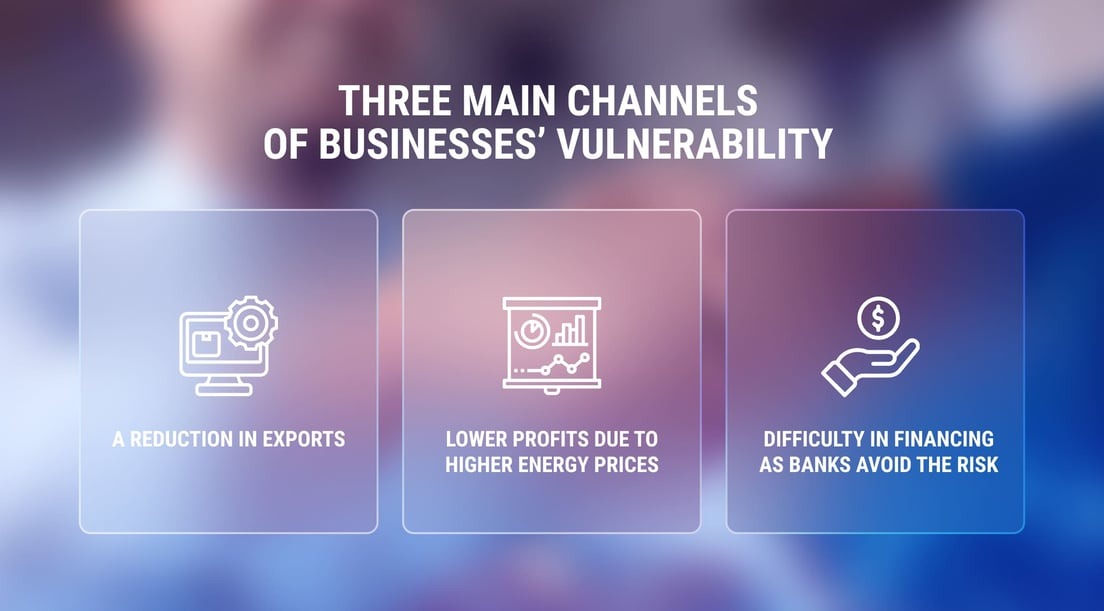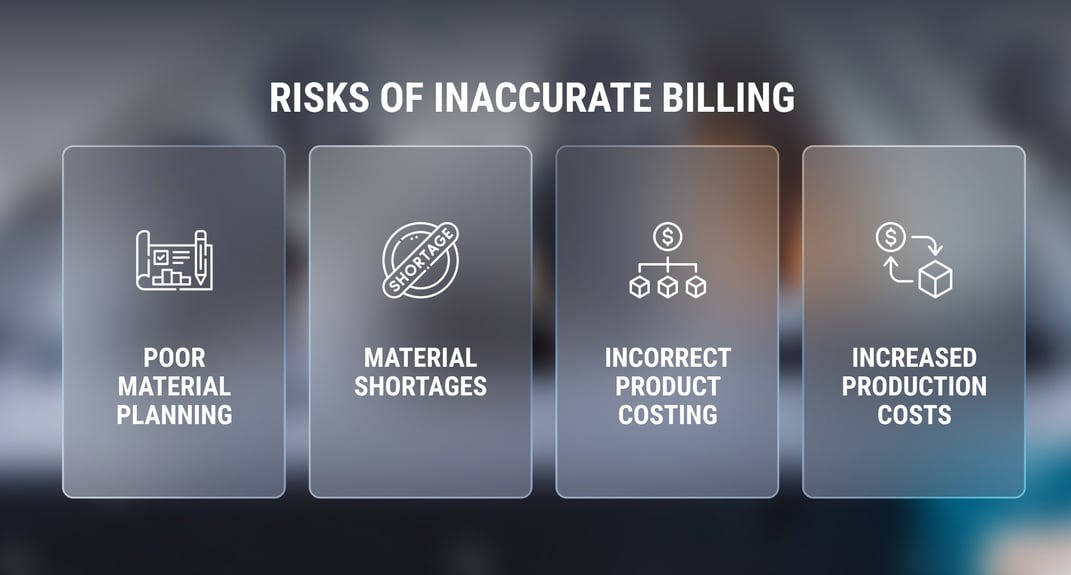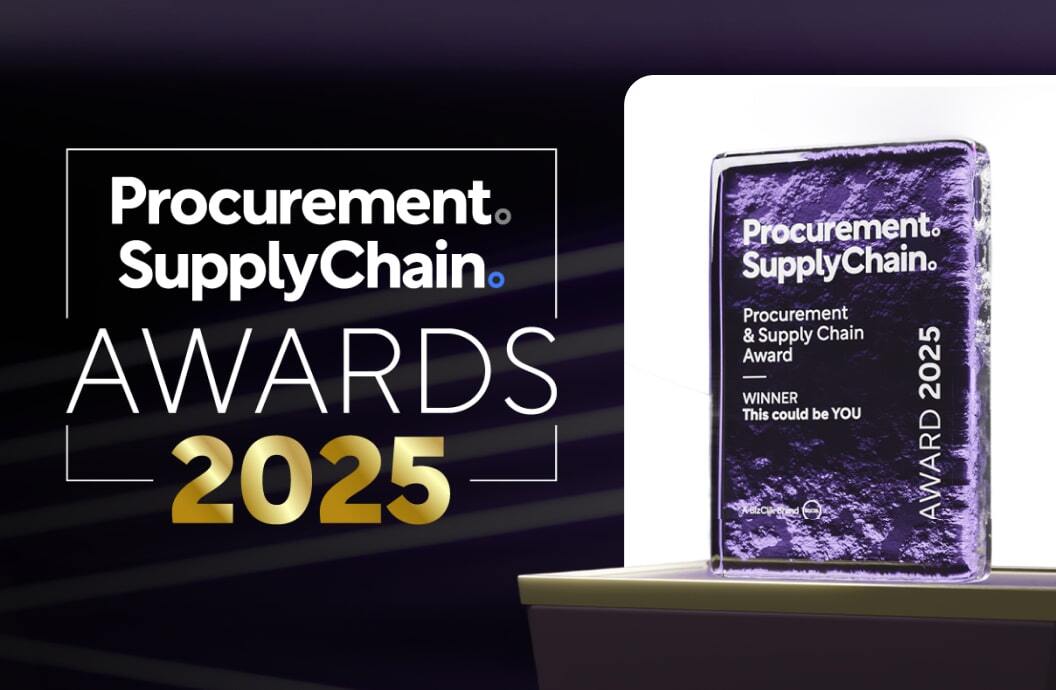Stable partnerships within the supply chain begin with transparency. Read what challenges cause the lack of it and how to reach organizational agility.
Why Are Transparent Relationships With Suppliers Win-Win For Everyone?
We’re often told how vital networking is before our professional lives even start. But there’s more to it than Zoom meetings, messages, and exchanging business cards. Networking for modern manufacturers means establishing new ways to work with suppliers that ensure complete transparency regarding their mission-critical products and components' sources, availability, and life cycles.
Moreover, to minimize and mitigate supply chain risks, companies need to engage their suppliers as partners, dedicate resources, and build strong, long-term business relationships that help partners see the value and achieve their goals with a product or service.
However, many operations and processes still need transparency to prevent supply chain risks and manufacturing downtimes. In this article, we’ll identify such processes and tell how to address them with SAP Ariba solutions.
Why Building Supplier Relationships Is Crucial Nowadays
Businesses of all types have been affected by the supply chain disruptions associated with the pandemic. Also, the deteriorating economic outlook, high inflation, and rising energy prices increase businesses' vulnerabilities across the EU. The risk of stagflation has risen.
The disruptions in trade and supply chains cause a rapid deterioration of the economic outlook. It exacerbates economic imbalances in supply and demand and weakens the purchasing power of households. All these factors have significantly impacted the business environment of the EU and will persist in the foreseeable future.

These vulnerabilities require immediate measures to be taken. Depending on the industry, a stable relationship with a supplier can provide a much-needed business supporter who can offer a fresh perspective and encourage business to come your way. This relationship may also be in a position to achieve cost reduction & cost savings treating it as a business antidote to unprecedented challenges.
The following provides a rationale to look for stable partnerships:
- Broken supply chains due to sanctions and restrictions
- Post-COVID recession (reduction of production in some areas)
- Fast bankruptcy of the suppliers
- Increasing prices on energy resources
- Booming transportation costs
- Complicated decision-making in the remote work environment
- Rising taxes and duties
- Worldwide staff cuts due to the planned recession
- Expanding military production sector, which gains more government support now than other sectors
- Investment reduction due to the growing crisis expectations
- Population aging and migration
Besides building positive relationships with suppliers, companies should set a course for transparency in procurement processes.
Why Transparency With Suppliers Matters for Manufacturing
Transparency is one of the milestones for trustworthy business relationships. And, as in real life, the higher the stakes in the digital world, the more trust consumers need to feel comfortable.
However, supply chain transparency also creates vulnerabilities. Businesses are under pressure from governments, consumers, NGOs, and other stakeholders to disclose more information on their supply chains, which means the trusted party gives insight.
More importantly, consumers want to understand if they are willing to trust businesses and demand transparency in procurement processes. This is demonstrated in current research, which found that consumers may be willing to pay 2% to 10% more for products from companies that provide greater supply chain transparency.
There are several benefits that can come from transparency for both businesses and consumers.

Unfortunately, not all participants have the right tools to control and delegate their functions. There is no possibility of converting the communication to impersonal, so the suppliers do not depend on their employees. Organizational agility is now central to business survival.
Cooperation with new or even previously unlikely partners is a more effective way to generate new gains and advantages.
Operations in Supplier Management That Lack Transparency
Across many organizations that face problems with supply chain planning and coordination, the top three processes that lack transparency the most are:
1. Insight into shipping problems
International shipping often involves unfamiliar or new carriers, taxes, duties, and required paperwork and permits. Therefore, if the supplier does not have timely and accurate information, it’s impossible to know when or why the shipment is stuck, and that's just the tip of the iceberg.
2. Supplier background checks
Most businesses surprisingly catch themselves in a long-term contract with suppliers that don't deliver what they promised. To prevent this, managers can utilize scorecards with specific criteria and assess qualified suppliers. Any false promises or failure to understand your supplier’s capabilities can certainly lead to severe issues, even in the short term.
3. Price-quality ratio checks
Having a clear budget and quality requirements will save procurement managers the hassle of dealing with such dilemmas. Communicating your realistic goals and needs with suppliers will set the bar straight from the beginning and avoid any confusion in the future.
Gaps in procurement procedures are very costly. Long-term growth, trustworthy partners, and consistent output of finished goods are great goals, but reaching them is hard for several reasons:
- Increasing costs and delivery time
- Changing of sales market priority
- Energy crisis
- Staff migration
- Prohibition to working with certain companies and countries
How Intelligent Spend Management Provides Transparency
SAP Business Network helps companies to identify and act on opportunities to improve supply chain efficiency and performance. It supports compliance in the face of a changing and increasingly stringent regulatory environment. The openness of the processes within the network can enhance a company’s reputation as a trustworthy organization and therefore attract more customers because it:
1. Improves communication
Effective communication is imperative for transparency. Communication starts with individuals and can gradually help build a more transparent supply chain. Improving both internal and external communication shouldn’t be an afterthought but should be appropriately addressed.
2. Shares information
Making relevant information readily available to people is an important way of improving transparency. This could be by producing a comprehensive financial report or making customers aware of matters that are relevant to them quickly and efficiently.
3. Adds rationality
No matter the size of your institution, from five staff members to 500, it’s essential to be able to provide a rationale for a decision you have made. This is something that everyone should be encouraged to do as it will help others understand the decision-making process. It will also provide greater transparency and trust in future decisions.
4. Embeds a sustainable culture
For many people, working for organizations where they can align their personal values with that of the organization is critical, as indicated by research by Kin Co. Thus, embedding and creating a transparent supply chain will attract like-minded people and will create a better and more trustworthy pool of suppliers.
Apart from the foregoing benefits, customers noted the following particular changes in real-world use cases:
- SAP Business Network allowed seeing where vendor relationships could save money and focus on building relationships with only the best suppliers, which, in turn, helped to strategize procurement for the first time.
- Thanks to automation processes, customers’ operational working hours were reduced by more than 20,000 hours.
- The sourcing processes' transparency helped reach a 50% average year-over-year savings increase.
- Supplier collaboration across digital channels achieved faster customer fulfillment.
- Many companies have already digitalized their purchasing processes using catalog or automated procurement processes. Most often, the digitalization ends on the way to the supplier. However, the SAP Business Network closed this gap with an integrated end-to-end solution.
TOP Logistics & Supply Chain Consulting Company
The LeverX project team was responsible for implementing SAP Ariba solutions for transparent tendering, procurement process control, and user-friendly procurement interface.
The result?
- Seamless integration of SAP ERP with SAP Ariba
- Simplified current tender processes
- Timely organization of centralized e-auctions
- Enhanced purchasing experience with easy-to-use catalogs
TOP SAP Company
The LeverX project team assisted Enable Injections with SAP implementation, PLM, and CAD integration into SolidWorks and ECTR. Holistic advice helped to enhance and streamline the entire system.
The result?
- Full system regulatory compliance
- Enterprise-wide automated data processing
- IPS ticketing system in SAP
- Approvals in minutes vs. stacks of papers on the desk
Conclusion
A lack of transparency can erode trust and lead to suspicions of unethical or illegal activity. In some cases, this can result in boycotts or other forms of protest against the business.
Thus, while total transparency is only sometimes possible or desirable, being open and honest in measuring, managing, and optimizing sustainability performance is essential to maintaining good relationships with suppliers.
You can perform procurement activities with a limited number of resources. But for faster and more precise results (and greater convenience), engage a team of experienced professionals. Contact us today to schedule a demo or consultation with our SAP experts!
How useful was this article?
Thanks for your feedback!
-min-Jul-12-2022-10-23-35-09-AM.jpg)
-min.jpg)

.jpg)